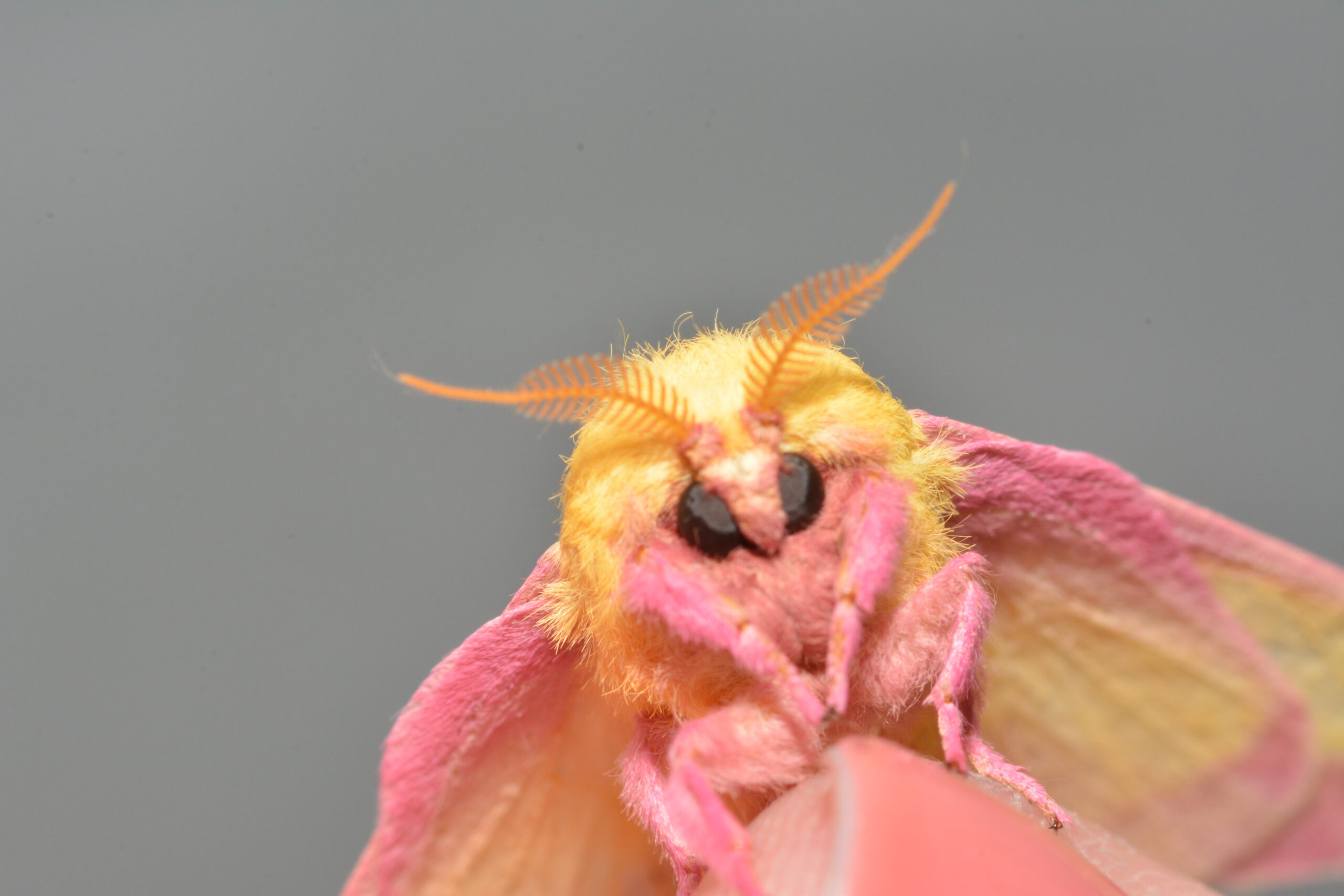If you are like me, you have mixed feelings about the coming of winter. I miss the field trips, discovering something I haven’t seen before, and meeting up with fellow Lep enthusiasts. Yet, I don’t miss the bug bites, hot weather, and the feeling that even though so many other projects are needing attention, I have to go on the next field trip. I mean come on, I missed the one to Junction Earthworks and the Mississippi Kite! In any event, winter is also the time I catch up on my reading of scientific articles. I don’t see them all but I get to browse the internet for anything new and interesting out there.
There have been a growing number of papers on butterflies and climate change over the last few years. This past year was no different, other than an large increase in the number of papers about butterflies and climate change. They make for interesting reading as they all say different things and sometimes contradictory things. For example, some papers say populations of butterflies are decreasing, while some say they are increasing.
Teasing out the information is important, as with anything. The vast majority of butterflies are decreasing. However, because of the increase in warmer days, some species’ populations are increasing their flight period, and even adding an additional flight period when multivoltine*. This is leading to an increase in the numbers of those species. The very interesting fact is that those butterflies with late season flight periods, are doing better than those with early season flight periods. You would think that increased number of warm days would increase the number of butterflies and it wouldn’t matter if it was early or latter in the season. This may not be the case. The speculation is that warmer days lead to increase growth in the caterpillars leading to extended flight times later in the season.
Also, this is only for species where summertime is not a harsh period. In some climates, this may be the opposite when water and therefore, plant material is not available.
In Ohio, I can’t help think it has to do with our lousy spring weather. For the last few years we have had temperatures in the 70’s followed by the 20’s. This causes our Leps to emerge early and while I can put a jacket on, they can’t.
The point is, we have to carefully consider each Lep population when determining how climate change will affect them. Now go out and do a little of your own light reading!
Michielini, J.P., Dopman, E.B. and Crone, E.E. (2020), Changes in flight period predict trends in abundance of Massachusetts butterflies. Ecology Letters. https://doi.org/10.1111/ele.13637
*A multivoltine species is a species that has two or more broods of offspring per year

